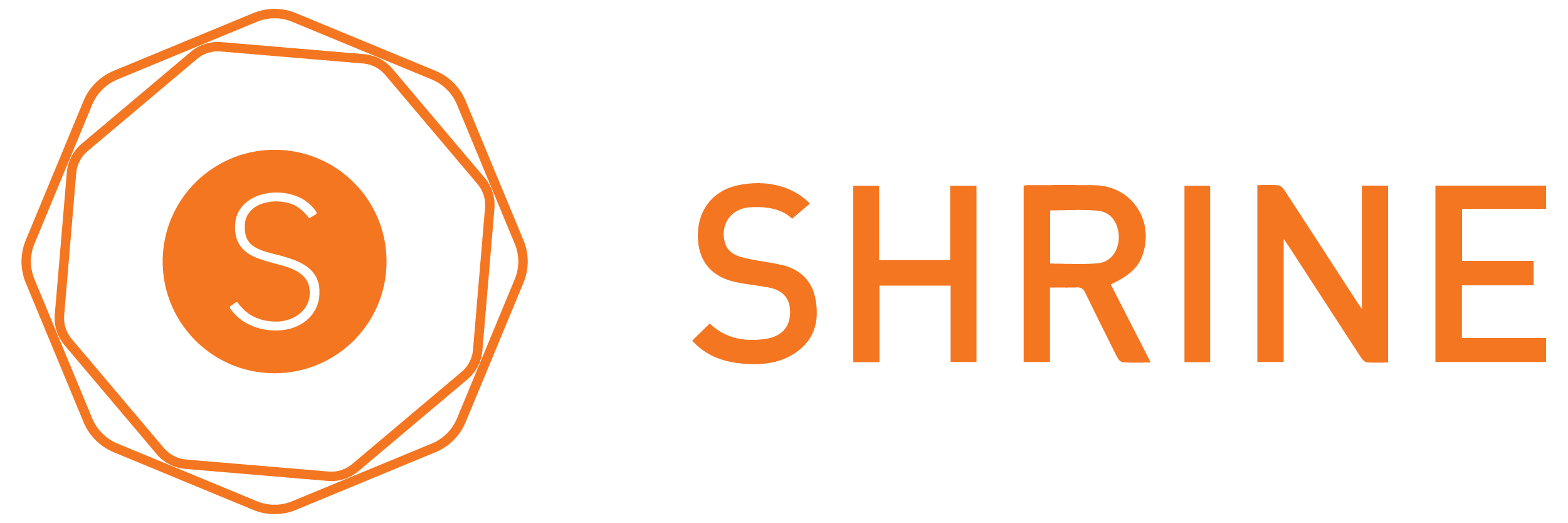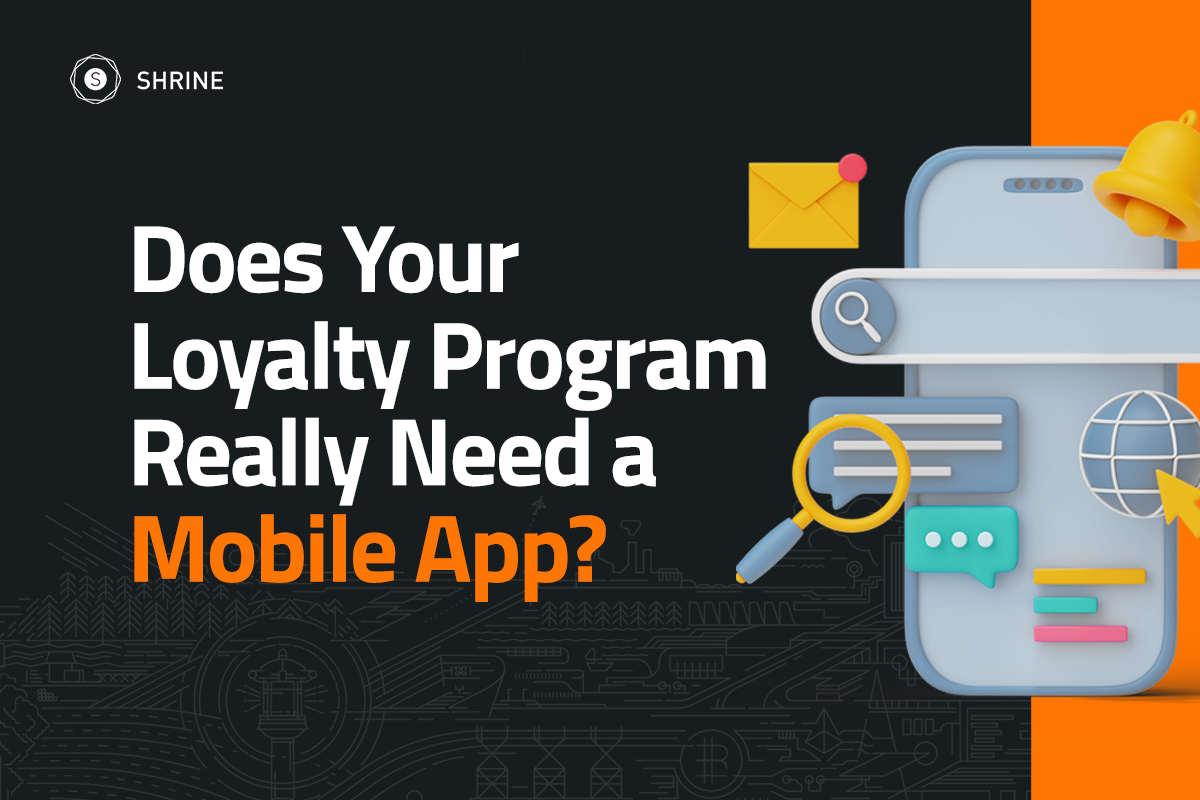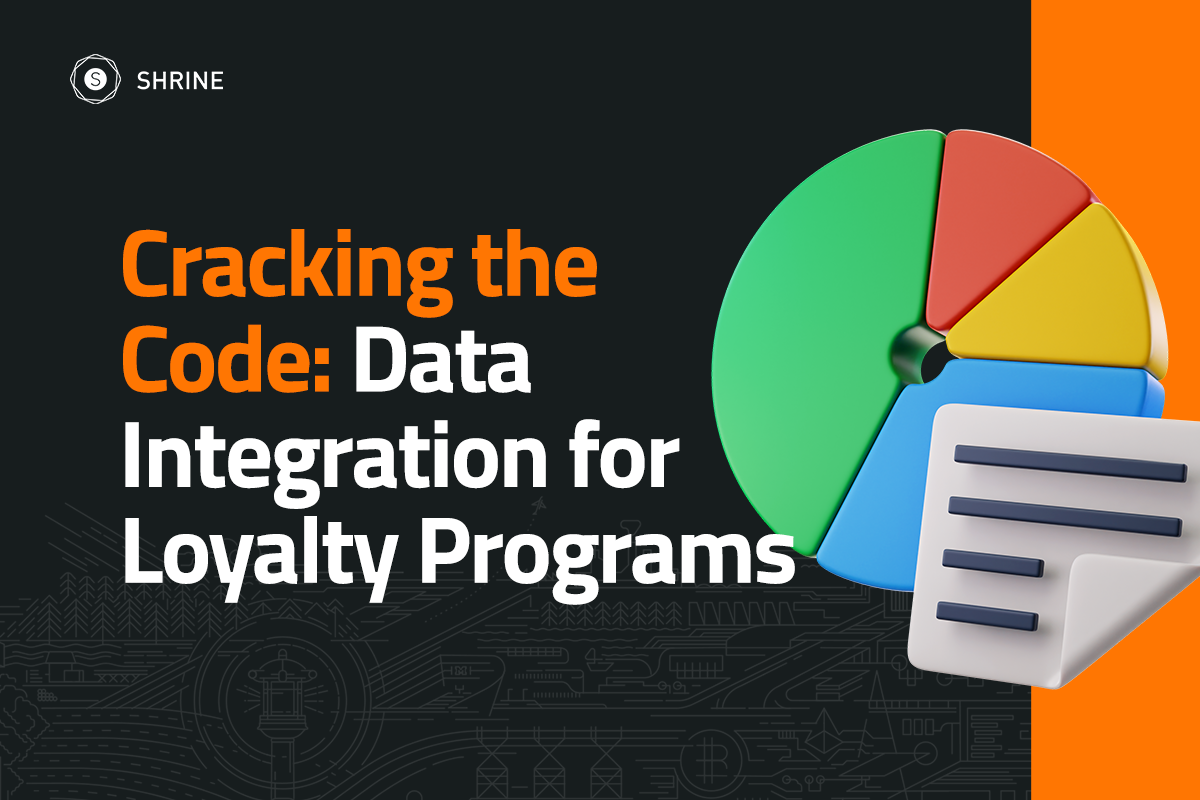“Apps are cool. Why don’t we have one?”
“Young people love apps! We should build one”
“Everyone else has an app. We need one!”
All too often, I hear phrases like these in meetings with prospective clients who want to build an app for all the wrong reasons. Some of them end up wasting time and money building something that doesn’t generate more revenue because they fail to recognize that building an app is a serious commitment that inherently involves risk.
There are plenty of good reasons to build an app. Apps are tools. They can help you engage with your customers, help new customers find you, and make it easier for them to do business with you.
When you build an app for the right reasons, it can have a huge positive impact on your business. But if you don’t have a clear intention, and you haven’t asked yourself these five questions, you’re headed for disaster.
Determining if a reason is “good” or “bad” can be tricky. However, there is one reason that stands above the rest.
Customer demand is the BEST reason to build an app.
Specifically, I’m talking about preexisting demand which occurs before your app launches. If you can secure a commitment from customers in advance, all the better.
How do you know if there is demand for a product you don’t even offer yet? Here are three steps I’d recommend taking to gauge existing demand:
1. Survey potential customers
Whoever your target audience is, go talk to them. Ask questions about what is lacking in the industry you serve, where are the headaches and roadblocks. Ask them how they are currently solving some of their biggest challenges. Then bring your idea into the conversation: would it address those issues? Make their lives easier? If you build it, will they subscribe or purchase it? Whenever possible, try to get real feedback and a firm commitment.
Surveys can be sent out digitally, but make an effort to have at least a few in-person conversations with the people you’re trying to help with this new piece of technology.
2. Predict demand based on market trends
There are three types of trends I’d suggest looking at to determine whether this is the right time and place to launch your software:
- Economic changes. How is the economy doing? Are things generally on the upswing or are they slowing down? To be clear, a slowdown doesn’t necessarily mean “don’t launch now” but it can tell you which types of products are going to be needed in the near future.
- Social trends. How is user behavior changing? Are people becoming more environmentally conscious? Are they drinking less? On their phones more? Consider the needs that arise from those behaviors and how you could meet them.
- Technology trends. Technology is changing at a faster rate all the time. There are plenty of ideas that wouldn’t have worked in the past because of technology constraints that may work now with new advancements.
Try to get ahead of those trends so you can be the first one to market with a product that meets consumer demand. It’s risky: you’re making some predictions about which direction you think these trends will take. But the potential benefits are greater because you’ll be ahead of the curve when and if the trends shift your way. You can mitigate those risks by combining this step with a survey of your current customers.
3. Predict demand based on a specific event
Maybe there’s a dramatic change that you see happening in your industry, or a major blind spot that everyone else seems to miss. For example, say the FDA approves the use of a new substance and you think this will lead to the need for a certain app. You can fill that need by building the app and getting it to market before anyone else.
Again, it’s important to balance this step with a survey of your existing customers (or folks who you think would be new customers for this product). They can help you refine the idea so it’s as good as it possibly can be when you launch.
Regardless of how you measure demand, I recommend prototyping an idea and getting feedback BEFORE development. At Shrine we call this the Discovery Phase, and it has saved us (and our clients) countless hours in needless development and thousands of dollars in costs because we’re able to test things out before they are hard-coded into your software.
During the Discovery phase, we walk you through the entire process, from idea to prototype. We ensure any investment you make on an app is spent wisely. After all, if no one uses the app it shouldn’t have been built to start!
Want to learn more about prototyping your app? Let’s have a conversion.




